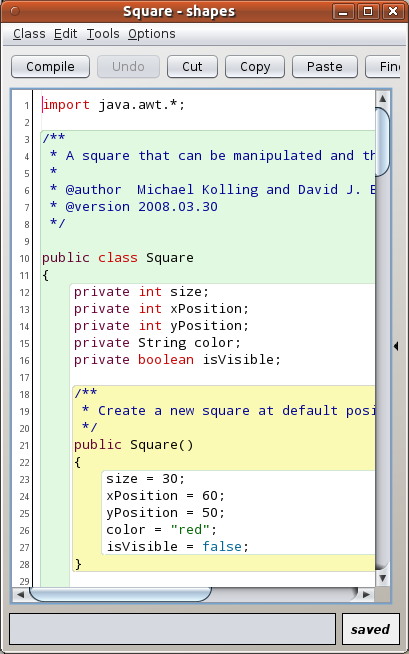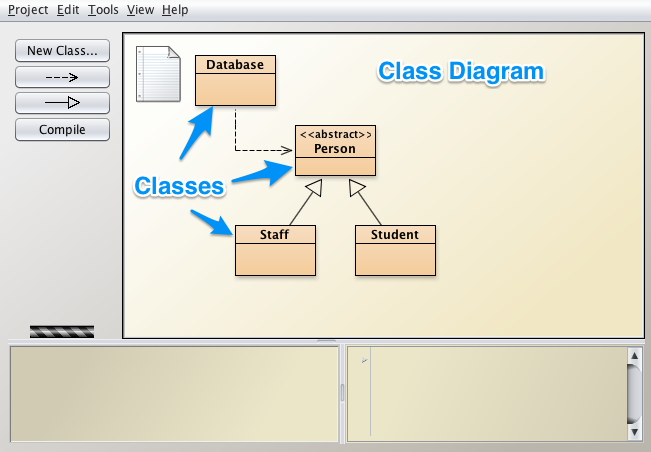
Primitive Data Types are Java's fundamental data typesĬomposite Data Types are created by using Primitive Data Types (c) primitive type and composite type data Primitive Data Types (b) parseInt() and toString() functions parseInt() It is used to convert the character given as its argument to upper case It is used to check if the character given as its argument is in upper case or not. (a) isUpperCase() and toUpperCase() isUpperCase() The different wrapper classes provided by Java are Boolean, Byte, Integer, Float, Character, Short, Long and Double. Wrapper classes are present in java.lang package. Wrapper classes wrap the value of a primitive type in an object.

The asterisk(*) sign indicates that all the classes in the imported package can be used in the program.

What is the significance of '*' while importing a package? Java.util, java.lang are a couple of examples of built-in packages. User-Defined packages - These are created by the programmers to efficiently structure their code.Built-In packages - These are provided by Java API.In Java, a package is used to group related classes. True Choose appropriate option for the following statements Question 1Įach primitive data type belongs to a specific:Īutomatic conversion of primitive data into an object of wrapper class is called:Īnswer the following questions Question 1 Integer.toString() converts integer data to String. Wrapper classes belong to java.util package. Java class library includes all the packages State whether the following statements are True/False Question 1 Question 8Įach character oriented function uses a wrapper tag Character. Question 7Ĭonversion from primitive type to wrapper object is called as autoboxing. String data is converted to float type by using Float.parseFloat(String) function. Wrapper class uses first letter in upper case. The data type int is included in Integer wrapper class.

The user can create a data type by using a class. Question 2īy default, java.lang package is imported in a Java program. Chapter 2 Library Classes Class 10 - APC Understanding Computer Applications with BlueJ


 0 kommentar(er)
0 kommentar(er)
